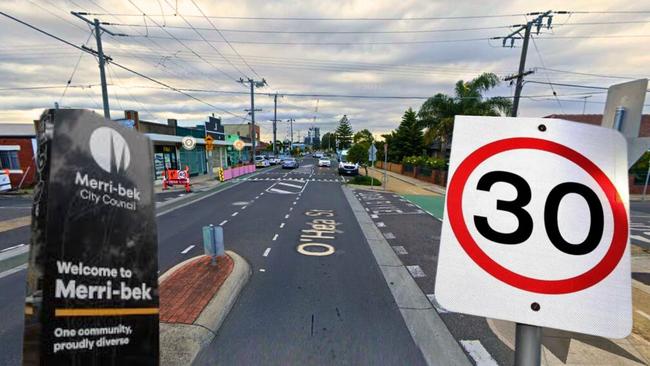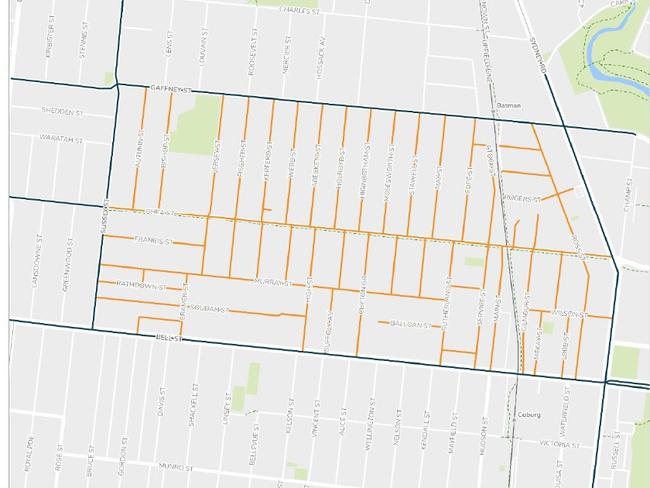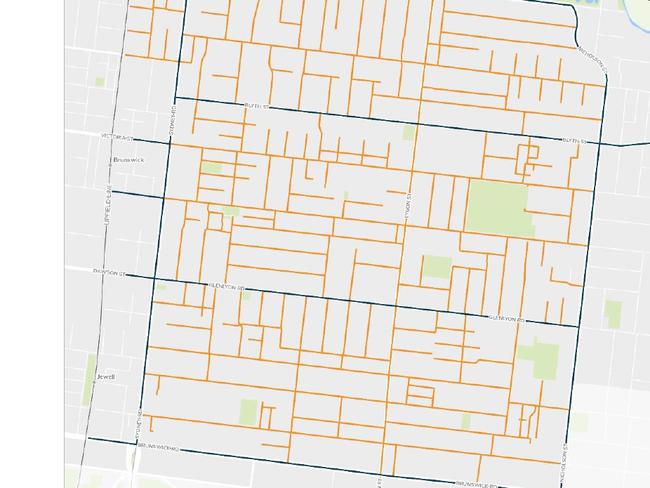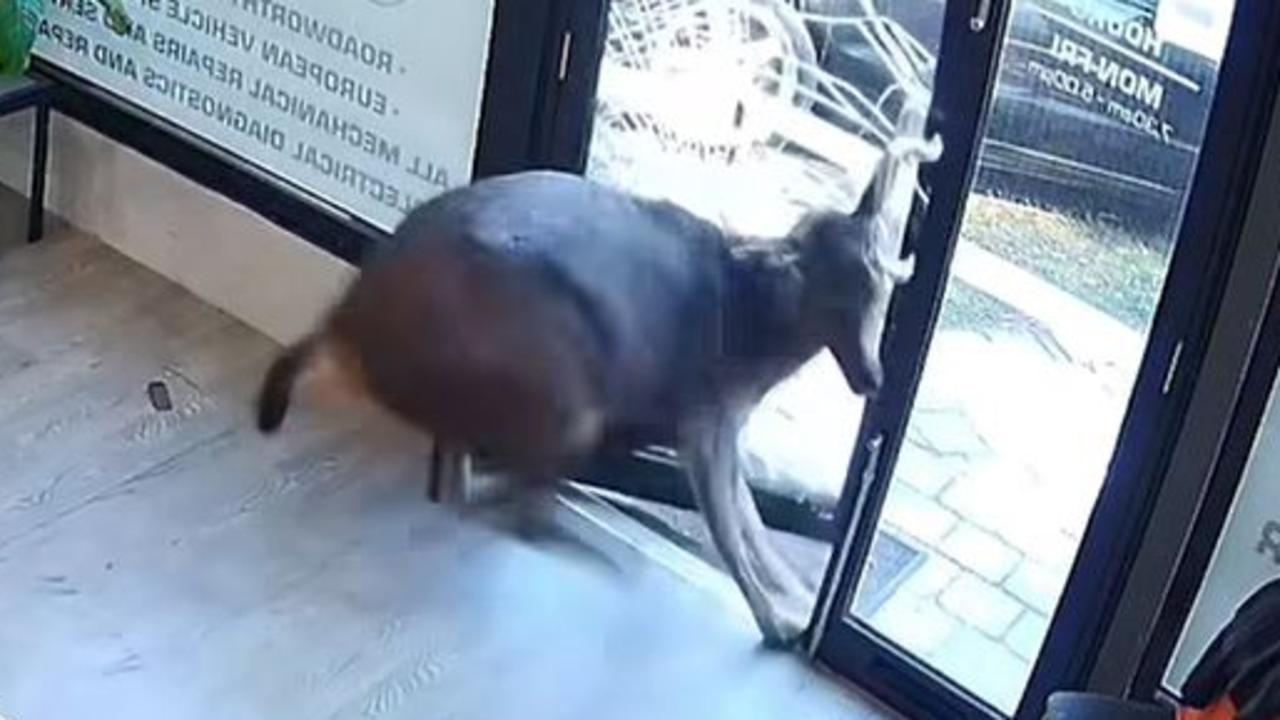Merri-bek Council pushes to slash speed limits to 30km/h in Brunswick/Brunswick East and Coburg streets
Drivers in Melbourne’s inner north could soon be driving through the streets at a snail’s pace, with a council pushing to slash speeds again to 30km/h in two bustling suburbs.

North West
Don't miss out on the headlines from North West. Followed categories will be added to My News.
Drivers in Melbourne’s inner north could soon be forced to hit the brakes even harder with a council pushing to introduce 30km/h speed limits through Brunswick and Coburg.
Merri-bek council wants to take its speed crackdown even further, proposing a new 30km/h trial on local roads in two suburbs where speed limits were dropped to 40km/h in 2023 — arguing it would make streets “safer, more accessible and inclusive”.
If given the green light, the Coburg trial zone would cover all local roads between Gaffney, Bell, Sussex streets, and Sydney Rd – including cut-throughs like Ohea, Murray, Ross and High streets.
The proposed trial zone surrounds Coburg North Primary — one of Merri-bek’s largest public schools — and borders both Coburg primary and Coburg high schools.

Between 2019 and 2023, the Coburg trial area recorded 36 crashes, including six serious injury collisions, according to a council report.
In nearby Brunswick, the proposed 30km/h zone would stretch on local streets from Albion St to Brunswick Rd and from Sydney Rd to Nicholson St — a densely populated area which sees constant activity from pedestrians, cyclists, and drivers, according to reports.
That patch saw 152 crashes in the same four-year period, including 44 serious injury crashes.

In her report, city infrastructure director Anita Curnow recommended that councillors sign off on the bid and ask for state funding to cover the full cost of the trial.
Ms Curnow said the speed reduction would reduce car crashes in Merri-bek and eliminate 6.5 deaths or serious injury crashes within the trial areas each year.
“Speed limit reductions are one of the most cost-effective measures available to councils to
reduce the consequences of a mistake, the risk of a crash and the risk of fatal or serious
injury if a crash does occur,” she stated in the report.
“At 30km/h, a person walking or riding has a 90 per cent chance of surviving being hit by a car — this drops to 60 per cent survival rate at 40 km/h, and only 10 per cent survival rate at 50 km/h.”
In 2023, Merri-bek recorded 444 crashes — including two deaths, 120 serious injuries, and 322 with other injuries. Among those hurt were 75 cyclists and 53 pedestrians., according to reports.
Of the total, 157 crashes happened on local roads managed by the council.
While the streets flagged for the trial are council-managed, Merri-bek still needs state government approval to proceed as Victorian speed zoning guidelines don’t allow for permanent 30km/h limits — meaning the council must apply under trial conditions.
The plan borrows heavily from neighbouring Yarra Council, which imposed a blanket 30km/h speed zone across all local roads in 2023.
According to Merri-bek’s report, Yarra saw a 51 per cent drop in all crashes and 70 per cent drop in serious crashes.
If councillors vote to back the trial in Brunswick/Brunswick East and Coburg, the council would seek sign-off and funding from the Department of Transport and Planning and launch a community consultation with a report to be prepared after the 12-month trial ends.
It comes two months after Merri-bek councillors voted unanimously in favour to push for a blanket 30km/h speed zone on Lygon St in Brunswick East.
In 2023, after teenager Katherine Osborne was killed on Lygon St, Merri-bek council reduced speed limits from 50km/h to 40km/h between 6am and midnight and unsuccessfully advocated for a further reduction to 30km/h.
Later that year, the council reduced all local road limits to 40km/h.
Earlier this year, a Herald Sun analysis — based on theoretical mathematics of a perfect run if there were no red lights or traffic — found commuters driving into the city from Melbourne’s north could see their travel times increase by at least 20 per cent if all local streets across Victoria were reduced to 30km/h.




